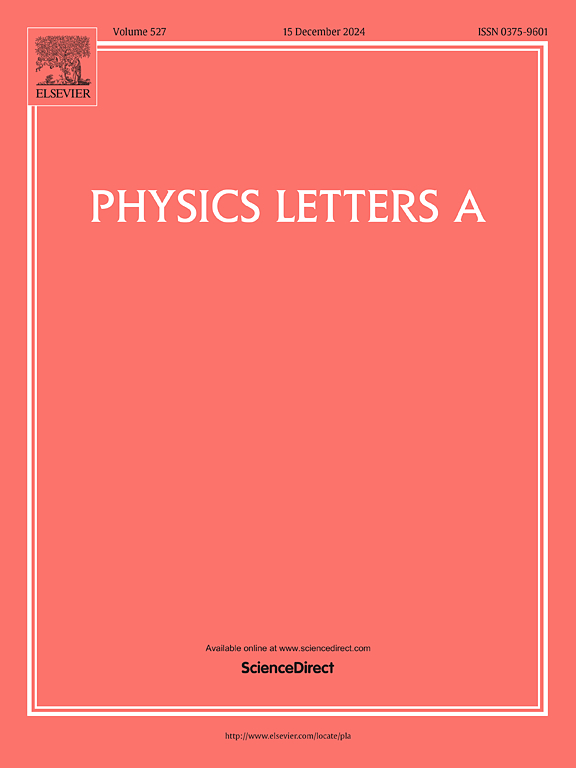Nonmonotonic d-wave gap effects on critical parameters in cuprate superconductors
IF 2.3
3区 物理与天体物理
Q2 PHYSICS, MULTIDISCIPLINARY
引用次数: 0
Abstract
We study the impact of nonmonotonic d-wave superconducting gap symmetry, incorporating higher-order harmonics beyond the typical d-wave form, on the properties of cuprate superconductors. Key superconducting parameters (superfluid density, , critical current density, , London penetration depth, , and upper critical field, ) were calculated using the Chandrasekhar-Einzel approach, incorporating the temperature and angular dependence of the superconducting gap. Results reveal a non-monotonic dependence on the term contribution, suggesting an optimal balance between and for maximizing . The temperature dependence of the London penetration depth is significantly influenced by the nonmonotonic d-wave gap. While the pure d-wave model accurately describes superfluid density of pure Bi-2212, deviations emerge in optimally doped Tl-2201 and are pronounced in electron-doped Sr0.9La0.1CuO2. Calculated values agree well with experimental data from Bi2201 and Tl-2201, particularly at low temperatures where the pure d-wave model deviates, emphasizing the importance of higher-order harmonics.
求助全文
约1分钟内获得全文
求助全文
来源期刊

Physics Letters A
物理-物理:综合
CiteScore
5.10
自引率
3.80%
发文量
493
审稿时长
30 days
期刊介绍:
Physics Letters A offers an exciting publication outlet for novel and frontier physics. It encourages the submission of new research on: condensed matter physics, theoretical physics, nonlinear science, statistical physics, mathematical and computational physics, general and cross-disciplinary physics (including foundations), atomic, molecular and cluster physics, plasma and fluid physics, optical physics, biological physics and nanoscience. No articles on High Energy and Nuclear Physics are published in Physics Letters A. The journal''s high standard and wide dissemination ensures a broad readership amongst the physics community. Rapid publication times and flexible length restrictions give Physics Letters A the edge over other journals in the field.
 求助内容:
求助内容: 应助结果提醒方式:
应助结果提醒方式:


